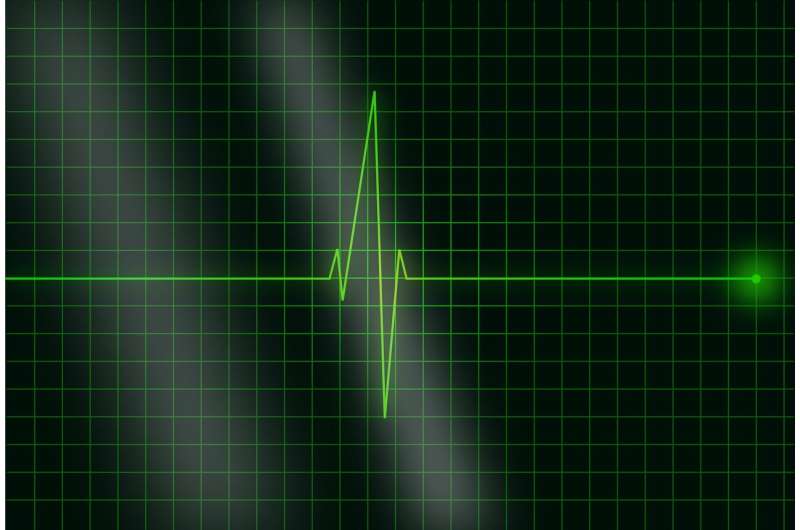
Anew physiological measurement of heart function developed at UVA Health could improve survival for heart-failure patients by identifying high-risk patients who require tailored treatments, a study has found.
The study is the first to show a survival benefit from wireless pressure-monitoring sensors implanted in the pulmonary arteries. Pulmonary artery proportional pulse pressure, or PAPP, is a new measure of heart function, developed at UVA, that can identify patients at very high risk of hospitalization or death from systolic heart failure or pulmonary hypertension (high blood pressure in the heart and lungs).
Previous research by the researchers showed that patients with low PAPPs were at far greater risk than those with higher PAPPs, so the UVA researchers tested whether these benefits were maintained in patients undergoing implantation of pressure sensors that continuously monitor pressure in the pulmonary artery.
“We found that PAPP is a very good measure of how stiff or compliant the pulmonary arteries are. The stiffness of the pulmonary arteries determines how much resistance the right side of the heart has overcome to pump blood effectively to the lungs,” said Dr. Sula Mazimba, a heart failure expert at UVA Health and the University of Virginia School of Medicine. “The importance of this simple measure is that it can identify patients that are at greatest risk of dying or being hospitalized. This allows us to tailor more aggressive treatments.”
Treating Heart Failure
Heart failure is a condition where the heart fails to pump blood adequately through the body. It affects more than 6.5 million Americans and more than 26 million people around the world. It causes more than 1 million hospital admissions each year, and approximately half of patients die within five years of diagnosis.
UVA’s new study evaluated the benefits of PAPP monitoring in patients with systolic heart failure, in which the heart’s left ventricle is weak, as well as those with pulmonary hypertension—high blood pressure in the arteries in the lungs and right side of the heart.
To test whether PAPP monitoring could predict outcomes in these patients, Mazimba and his colleagues reviewed data from 550 participants in the CHAMPION clinical trial. In the trial, participants were randomized to receive an implantable, wireless heart monitor called the CardioMEMS HF System.
Mazimba and his collaborators found that participants with a below-average PAPP had a significantly higher risk of hospitalization or death than those with higher PAPPs. Further, the monitoring offered significant benefit to those with low PAPPs, reducing the risk of death by 46% annually during two to three years of follow-up.
“The implications of this study are highly significant,” said Dr. Kenneth Bilchick, a cardiologist at UVA Health and co-investigator on the study. “We now have identified a specific group of patients who appear to have a marked improvement in survival with implantation of these pulmonary artery wireless monitors. As a result, the findings of the study could maximize the impact of this technology for a large number of potential candidate patients. This is an excellent example of how secondary analyses of clinical databases maintained by the National Institutes of Health can result in novel and personalized approaches to patient care.”
The UVA researchers say more study is needed to determine the full potential of PAPP monitoring to improve care for patients with heart failure, but they were encouraged by the early results.
“In the past, the function of the right chamber of the heart was often ignored and considered to be inconsequential to the overall performance of the heart, but we are now learning that this is not the case,” Mazimba said. “Having tools that signal when the right side of the heart is under strain may aid clinicians to adopt timely tailored treatments for heart-failure patients.”
Source: Read Full Article


